Every month Kickstarter is full of wild successes, and depressing failures. While some are always going to have that massive fan push behind them to see hundreds of thousands of dollars in funding others barely make it to the finish line. Due to the nature of Kickstarter, there’s simply not enough money to go around to fund every worthwhile campaign. The purpose of this post is to shine a light on those campaigns that had the chops for success, but for one reason or another failed to make their goal this time. Given campaign restructuring, additional social media pushes, and more they might make it in the future! Of course, anyone who has browsed through failed Kickstarter pages recognizes that many projects simply don’t have any effort put into them.
As with the successful Kickstarter game analysis post this month (which combined both November and December into one), this post is also following in those footsteps to remain comparable. Please note that this is not intended to be the new standard for analysis posts, of course! Expect to see monthly analysis be directly correlated to a single month when our January posts come around.
Curious about successful and failed Kickstarter campaigns and their data from previous months? Check this tag to see all our posts for 2015 so far. First, let’s shine a light on some of the cool campaigns of August that unfortunately failed to attain their funding goals.
Note: All non-US $ amounts have been converted to dollars based on exchange rates as of this writing.
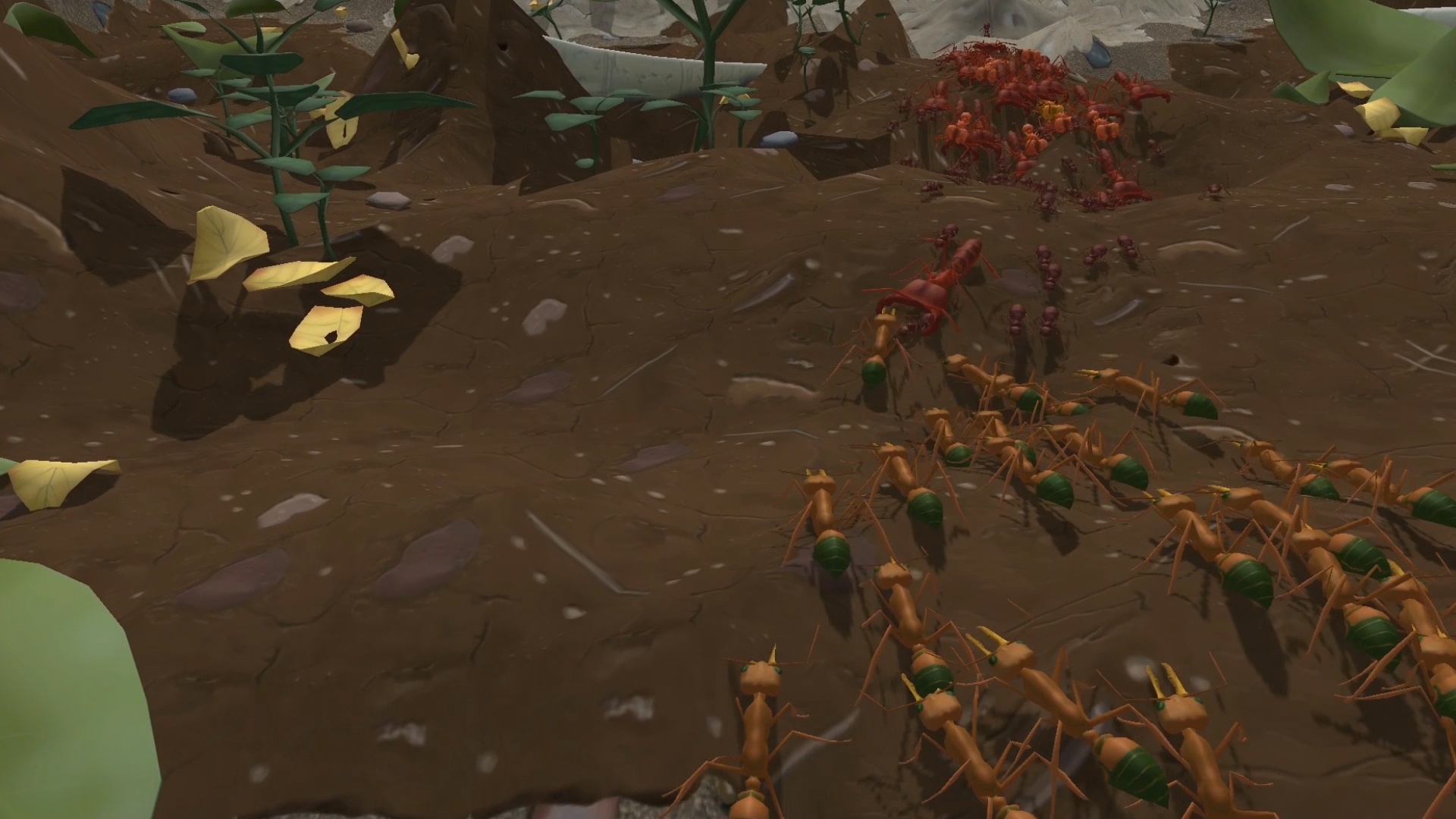
Empires of the Undergrowth (Previous Coverage)
Raised: $12,252 of $21,780 goal
Maybe it had to do with my longtime obsession with SimAnt, but I really wanted Empires of the Undergrowth to succeed. Okay, it was most definitely because of it that I was immediately impressed with what Slug Disco Studios were creating. Unfortunately, it seems that there were not enough gamers out there with similar memories to myself, or, not enough insect fans out there because Empires of the Undergrowth only made about half its goal by the time the Kickstarter ended. People just weren’t ready for a new era of ant colony simulation with real-time strategy elements, it seems. What’s next? The team have re-evaluated their project and decided they’ll forgo a mobile release for the moment and focus on PC. They’re working on a playable demo now and intend to release that to coincide with their next Kickstarter launch in February. Keep an eye out if you were one of the original backers, or simply find the idea cool enough to pass along.

Raised: $37,108 of $80,000 goal
You know what is really cool and still grossly underutilized as a mechanic in video games? Parkour (or free running). Mirror’s Edge and Assassin’s Creed bring a sort of flow to climbing/maneuvering within game worlds, but Failsafe appeared to be yet another excellent implementation of this style of motion. Because of the complexity of 3D parkour games, only a few indie developers have really attempted it. Failsafe by Game Over would have easily been the next notable effort. Unfortunately, the developer’s name proved a bit too accurate as they fell short of their funding goal. Luckily, the team are committed to continuing development regardless. Interested in keeping track of the game’s future development? This update post shows where interested parties can go to keep up with Failsafe outside of Kickstarter itself.

The Great Whale Road (Previous Coverage)
Raised: $16,048 of $54,607 goal
Sure, there’s a whole manner of tactical RPGs out there, but it’s still fun to find developers out there trying new styles or timeframes to set them within. The Great Whale Road seemed like one such cool effort by Sunburned Games. This medieval period game focused on seafaring action as players did what they could to secure their hometown for the upcoming, dangerous winter. In many ways, what most captured my interest was the focus on sea exploration and battles as well as the artwork. Despite some great presentation on the Kickstarter page, folks were not swept away by The Great Whale Road as they had been for other crowdfunded strategy titles. The team have been self-funding the project thus far and will now seek out other means of funding to help them reach Steam Early Access in May 2016. Here’s hoping they find the money required, or if not, that Early Access (and potentially another Kickstarter) get them where they need to be.
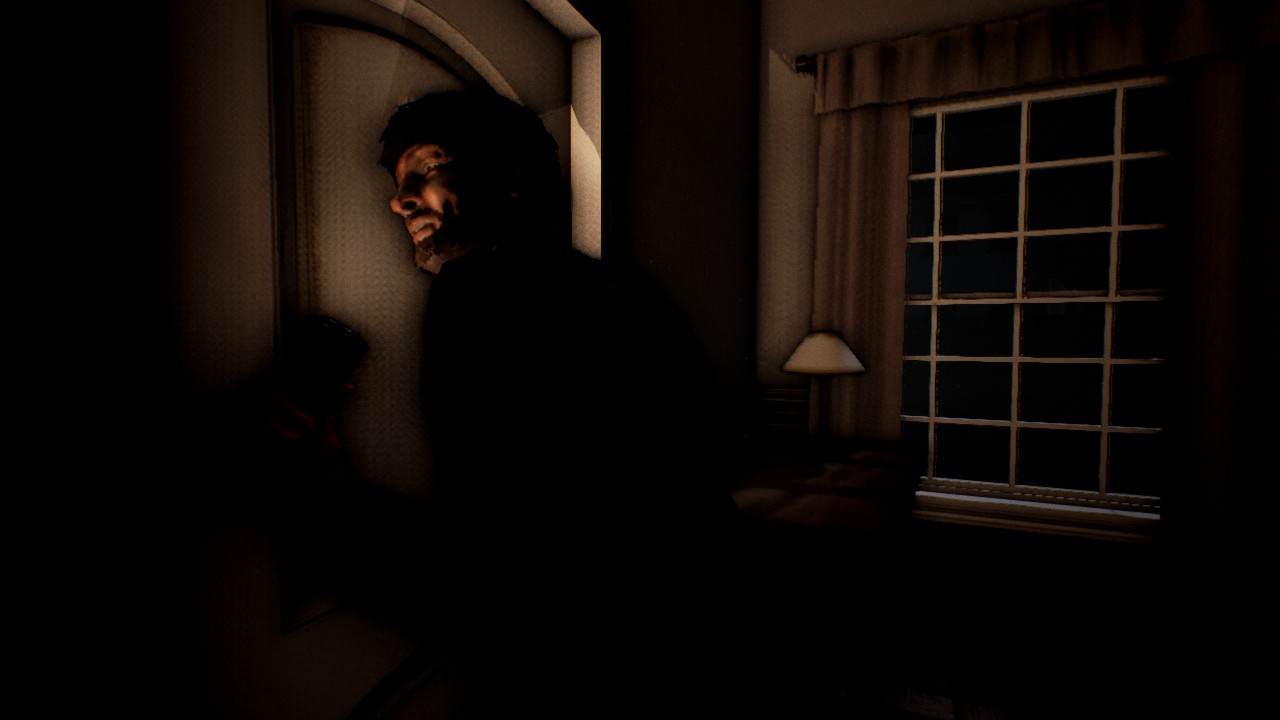
Song of Horror (Previous Coverage)
Raised: $39,086 of $54,607 goal
Song of Horror first came to Kickstarter earlier this year where it failed to secure its goal of around $82,000. Although not super surprising, what did cause a little shock was the fact that it raised as little as it did (around just 25% of the goal). Song of Horror returned a few days before Halloween in hopes of raising far more for their second attempt at making this 3D Alone in the Dark-inspired horror game come to light. With a lowered goal, playable demo, and existing fanbase, they managed to raise more funds — but still not enough to make the game a reality. According to the team, they believe they will not return to Kickstarter (or other crowdfunding platforms) in the future because of the drain it places on people to simply run one… and fail. In any case, Protocol Games announced they would continue working on Song of Horror. Just don’t expect them to be very talkative about updates for the time being.

Welcome to Another World! (Previous Coverage)
Raised: $11,283 of $38,225 goal
Here’s another one of those projects which fall onto the list of featured campaigns thanks to resonating with me personally. Okay, so tons of games have never played Another World (sometimes known as Out of This World), but hopefully most of those who have found it to be quite the engaging experience at the time. So, this Kickstarter itself was to help fund a book about Another World designer Eric Chahi, as a sort of gaming-focused biography. The collector’s edition tier came with a book, album, postcards, and Another World 20th Anniversary Edition. It’s important to note that this is the existing Anniversary Edition and was not being funded in any sort by the campaign itself. In any case, it seems that folks were not feeling the concept of an Another World-focused book and didn’t get the campaign where it needed to be. This is not the last we’ll see, though, as a post-project update announced they will be bringing the Kickstarter back in 2016.
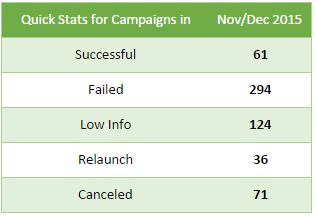
Here we are, at the end of 2015 and with two months of data to look at. November and December combined created quite a mighty force for failed campaigns. Between them there were an impressive 294 failed projects. Seriously, nearly 300 projects failed in the span of two months! This is far more than any single month before (obviously) but even the breakdown reveals that November was quite a powerhouse of a month for project launches. November had 158 failed campaigns while December had a respectable 137 of them. Prior to these two months, September held the highest value with 142 Kickstarters. That means December was really quite close, and that November decimated this unfortunate record. It’s pretty darn impressive to see so many projects, even if it is a bit sad as well to know none reached their goal.
One of the reasons that we as crowdfunding fans know that so many projects fail is because many have no time or effort put into them. That’s where the concept of a “low information” campaign came from. When a Kickstarter page can’t offer up at least two images and two paragraphs of content to describe their game then you know there’s really nothing here to fund. While the number of great projects is increasing each year, so to is the number of low information campaigns. December and November saw 124 low information projects between them, which is a little over a third of all failed campaigns (although a few titles defined as such actually were funded…). I’m still hopeful that 2016 will be the year Kickstarter introduces new rules in order to keep out the lowest of low information campaigns but chances are they’ll continue to leave things as is.
Cancellations are becoming increasingly popular with all manner of projects. Between November and December there were 71 (including one for a successfully-funded game). 38 were canceled within November while 32 were in December, specifically. November gets the newest record with 38 thanks to the previous highest cancellation amount being 37 in October. If trends continue, we should expect to see cancellations increase with time. This is positive on one hand because it shows that people are becoming more honest with themselves about the potential of a project being funded overall. Still, the fact that people sometimes use these cancellations as a weapon to stop excited backers in their tracks, is not ideal.

Here’s a bit of a deeper look at cancellations for the past two months, because I find it interesting to check on projects which had special issues. Soul Emission was canceled and then “deleted” by the project lead simply clearing out most of the project text. This level of removing a project is not needed, but happens time to time. The bigger issue was that two DMCA complaints were filed in December alone. One was for Faxanadu Remastered via Konami. While many gamers find the name Konami still leaves a bad taste in their mouth, it is certainly their responsibility as rights holders to keep random people from remaking their trademarked titles. The other DMCA was filed against Great Galaxy by GoodGame Team. According to the claim, the Kickstarter project lead simply stole someone’s game content and attempted to pass it off as their own title.
As always, a portion of all projects are relaunches. There were 36 split between both months, with 2 in December being funded while 12 weren’t and 7 successful launches in November against 15 failed attempts. Notably, only 11 Kickstarters were relaunched in October (but that was a low period in and of itself). The takeaway from this is that it is still possible to succeed on a second (or even occasionally, third) crowdfunding initiative. However, to do so, one must put forth the effort to address issues with previous campaigns and try to create a more compelling argument for funding the next time around. Demos, too, are useful though not always required depending on the presence of your project or built-in audience.
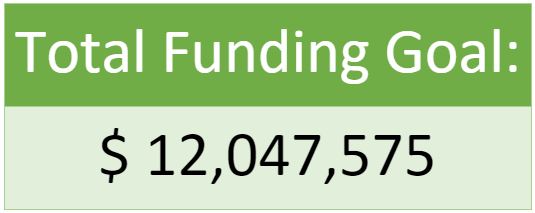
Since we always do, let’s take a look at the total funding goal which was attempted by all these failed projects in November and December. It’s over $12 million! November was responsible for about $5.7 million of this amount while December brought along $6.3 million. What’s surprising is that the split was fairly close, especially when considering how ridiculous some funding goals are set. For example, nothing yet beats July’s total funding goal of $67 million. For reference, October saw a funding goal of $6,194,846 which is unfortunately right in line with these latest numbers. Unlike most months, November’s high amount cannot be mainly attributed to some multi million dollar campaign. There were quite a few asking for hundreds of thousands of dollars, though. As for December, The Mud of the Worlds is responsible for a $1.5 million chunk of the total.
Enough about the ridiculous cumulative sum that everyone was asking for. Now let’s turn to how much was actually raised between 294 projects before they failed to get any of it. Shockingly enough, only $625,654 in funding was generated. Why is this a shock? Because it is comprised of two months, whereas October raised a fairly similar amount with $626,787. This seems to show that the increasing amount of failures is a list full of projects that are deemed entirely unworthy by backers these days. 20 projects received not a single dollar, while dozens more had less than $10 sent their way. With just a flat average of everything, we see that the average funding between all these nearly 300 campaigns was a measly $2,121.
The campaign which received the most money in total was Sociable Soccer with approximately $48,405 in funding. Of course, with a goal of nearly half a million, this was not nearly enough to get the Kickstarter to a successful state, which led to its eventual cancellation. Up next was the previously mentioned Song of Horror and Failsafe with $38,903 and $37,108 respectively. Feel free to check out the chart below to get a look at the top eight projects which raised the most money (not necessarily nearing their overall goal, though) between November and December.
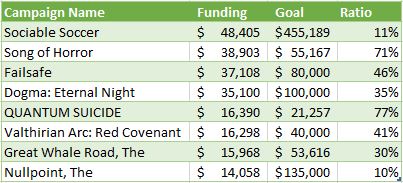
So, how many backers participated across all these failed Kickstarters? Between November and December there was a maximum total backer count of 15,327 for failed campaigns. As always, this maximum terminology is used because it is possible and quite likely that some backers pledged to more than a single campaign in the span of a month (in this case, two months). It seems like a lot of people up front, until you compare with October to find that single month resulted in a max backer count of 13,709. So really, despite the increased amount of projects in November, and the entire month of December as backup, things weren’t really heating up with regard to nearly 300 projects. Again, I can’t help but attribute this in part to savvy backers (and the holiday season probably helped, too!).
Checking out average backers per campaign (using the wholly unscientific approach of dividing total backers by amount of campaigns) results in approximately 52 backers per project. This is quite interesting considering the fact that some projects really did manage to accrue over a thousand backers. It’s due to the fact that so many other projects had less than ten backers that things were able to be balanced out in a fairly reasonable way. For note, October had an adjusted average of 62 backers per campaign. We would love to dig deeper with these sorts of numbers to see where most backers hung out with regard to pledge tiers, but we’re not to that point just yet with our data gathering methods.
On the other hand, one newer piece of information that we’ve been keeping on projects has to do with the number of updates while a Kickstarter is live. Although some projects succeed with none at all, or just a couple, most often it seems best to air on the side of “too much” information rather than too little. All failed projects for November and December had a total of 682 updates during the cumulative run of their campaigns. That’s really not much, especially when you consider that means the average amount of backer updates was about 2.6 per project. Warlords of Terra had the most updates with 23 during their runtime, while many, many others (107 if you’re curious) had zero updates at all. Wow.
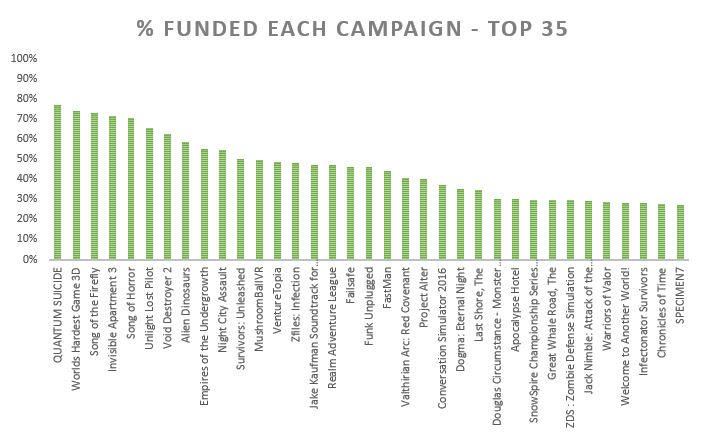
The above bar chart shows the degree to which the “top 35” failed projects were funded. Top refers to ones which nearly achieved their funding goal, not which simply had the highest dollar value or backer count. After all, what matters most with the Kickstarter crowdfunding period is whether or not you make that goal. As is shown, basically no one came anywhere close. It’s a bit unusual, honestly, to see that none of these projects cracked even 80% funded. Usually there’s at least one or two huge letdowns. Quantum Suicide gave its best effort with an ending ratio of 77% funded, and a few others also managed to be in the 70%~ club. Beyond that, nope.
Were there any that you wanted to see get funded? That’s it for the failed Kickstarter video game campaigns of November and December 2015. Be sure to check out our other month-end Kickstarter data recaps to get your monthly dose of analysis.



